Year 2 Bulletin
Writing

Year 2 Bulletin
Writing
Learning how to use precise nouns enables writers to create specific visual details for their readers. As writers, we need to consider our word choice.
Our 5-minute fluency exercise focused on inflected endings—suffixes added to the end of words (nouns, verbs, adjectives, or adverbs) to modify their meaning and grammatical function, in this case, tense.
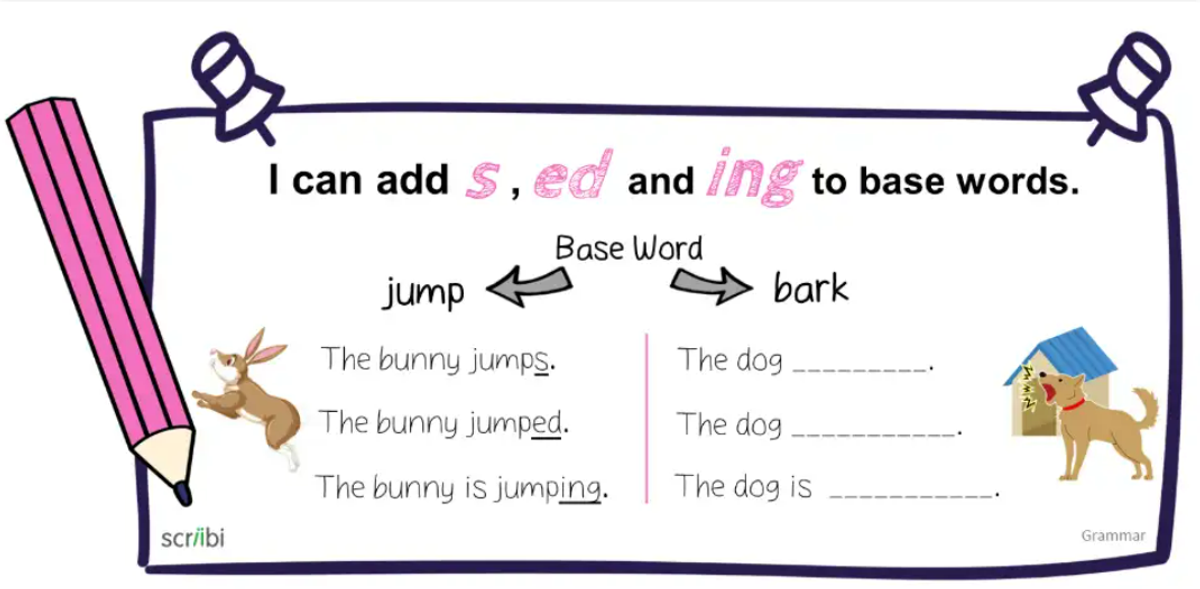

Using the anchor chart, we built on the base words of play, walk, and stand.
Learning Intention: To use precise nouns to make our writing specific.
To begin with, we came together to break down the meaning of our Learning Intention.
We used the SCRIIBI writing lesson on precise nouns as our framework to explain that precise nouns strengthen writing by being more specific. They help readers form clear mental images of people, places, and things so they understand exactly what we mean.
Students were asked to close their eyes and imagine a dog playing in their backyard.
Then they were asked what sort of dog they visualised.
Answers varied because they were not specific enough. It was explained that if we’re not specific in our writing, readers will have to fill in the gaps with what they know.
We considered examples of precise nouns within mentor texts, describing people, places and things in detail.
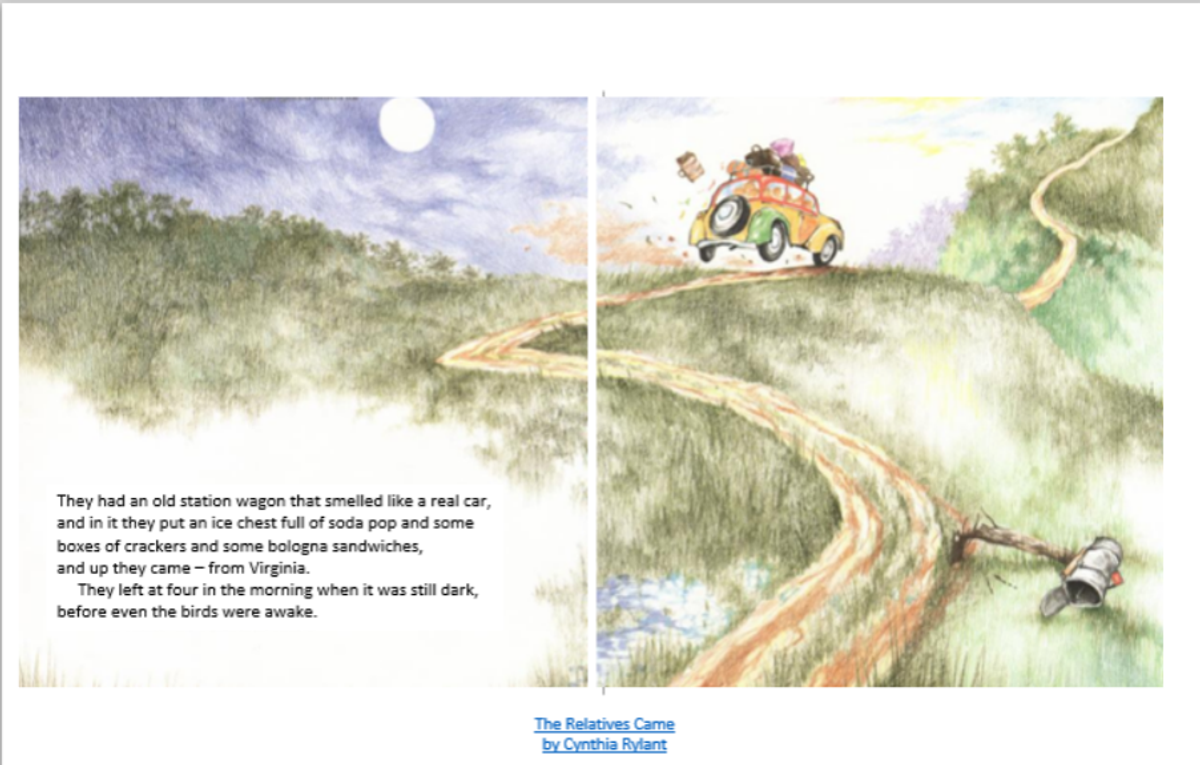
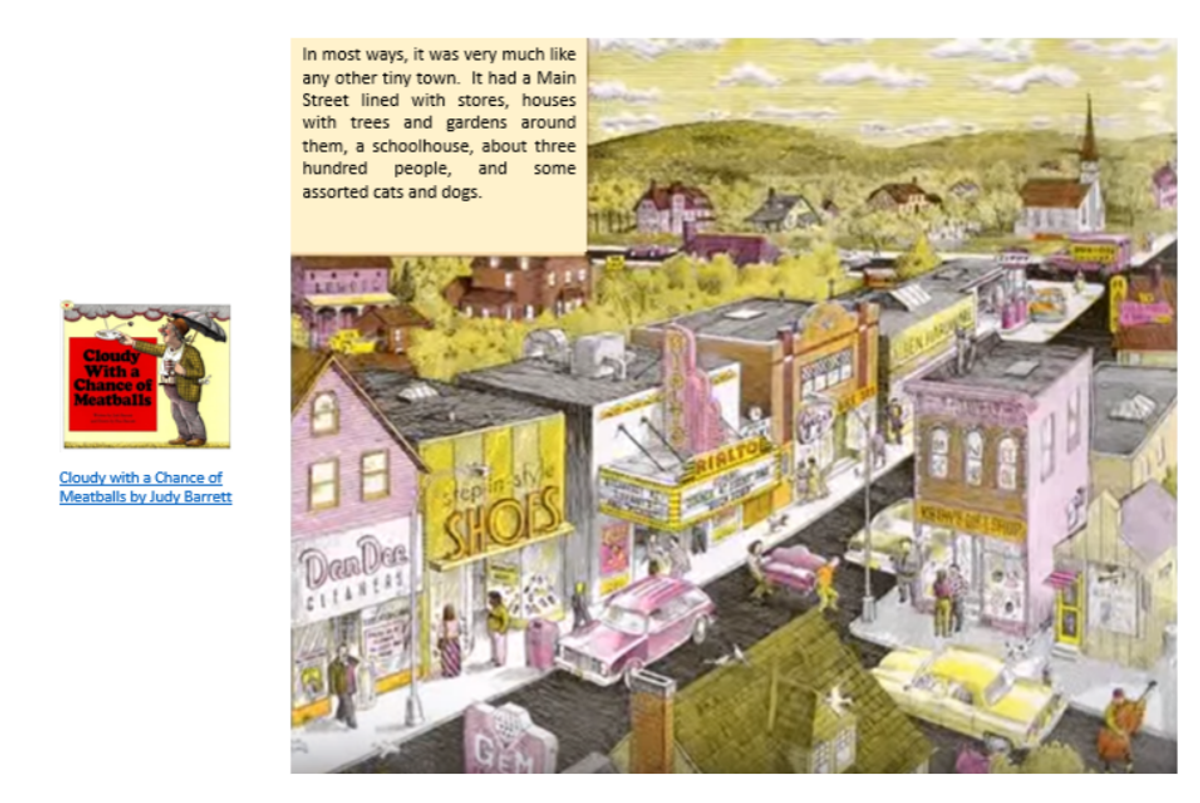


Then we modelled writing a description of the picture prompt, below
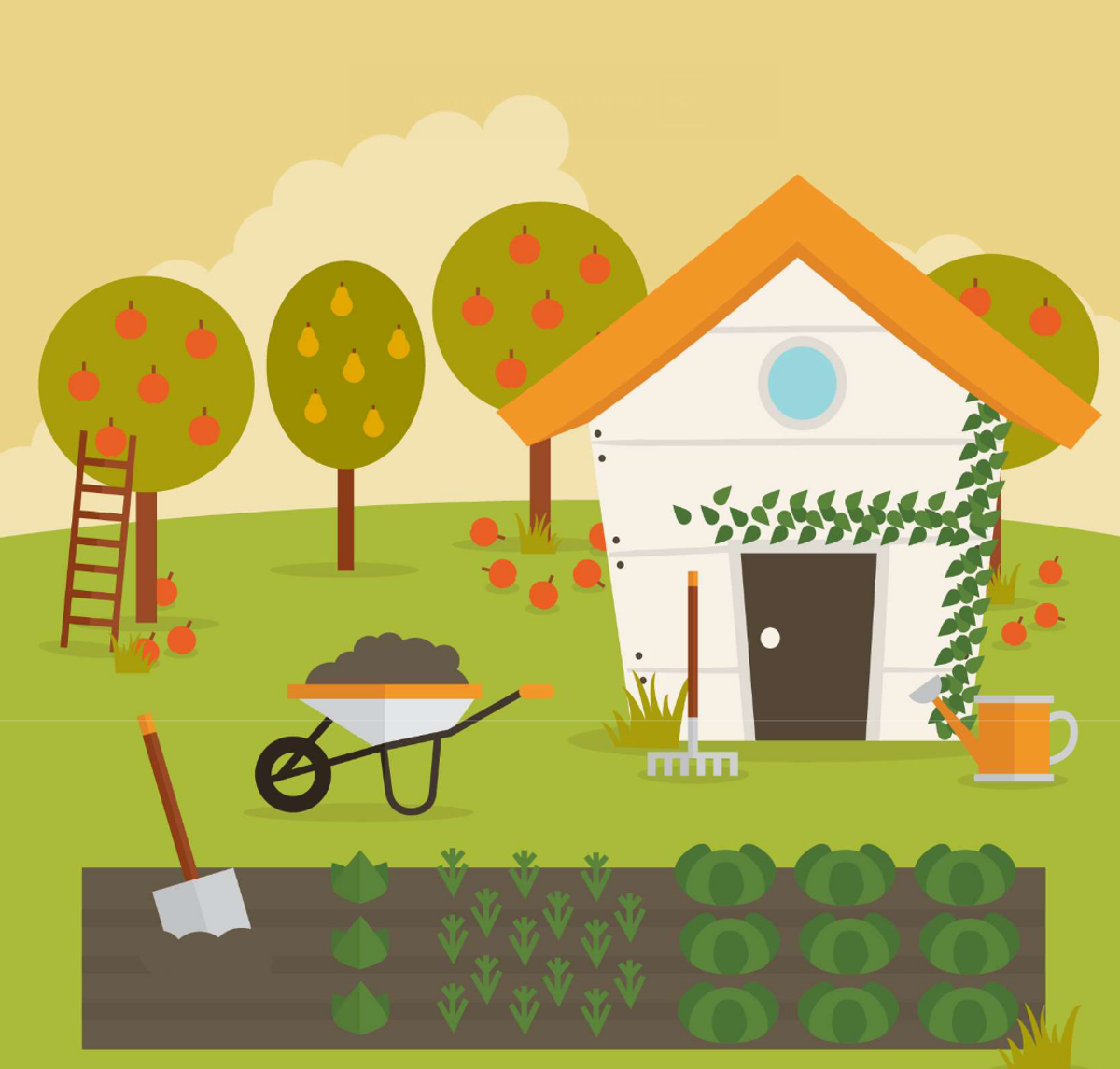

On top of a hill sits a small white wooden house with an orange roof.
Green ferns cover the walls of the house. There is a large vegetable garden
with lettuce, spinach and carrots. Apple and pear trees surround the little house.
With support, students completed the Precise Nouns activity sheet. The instruction was to change ordinary nouns to make them more specific and descriptive. We then wrote sentences using our precise nouns.
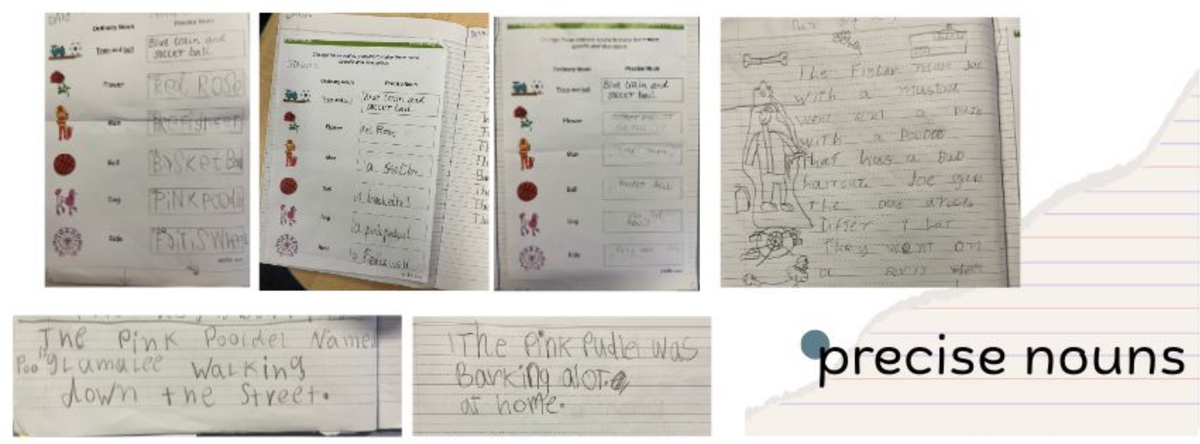

We came together again, to reflect:
Comprehend
What is a noun? Turn and Talk to the person next to you
Analyse
Why should we use precise nouns in our writing? Think, Pair, Share with another person
Evaluate
How did you go? Turn and Talk to the person next to you
Find a general noun that you changed to a precise noun and share this with your partner. Think, Pair, Share
Jocelyn and Steph
Year 2 Team